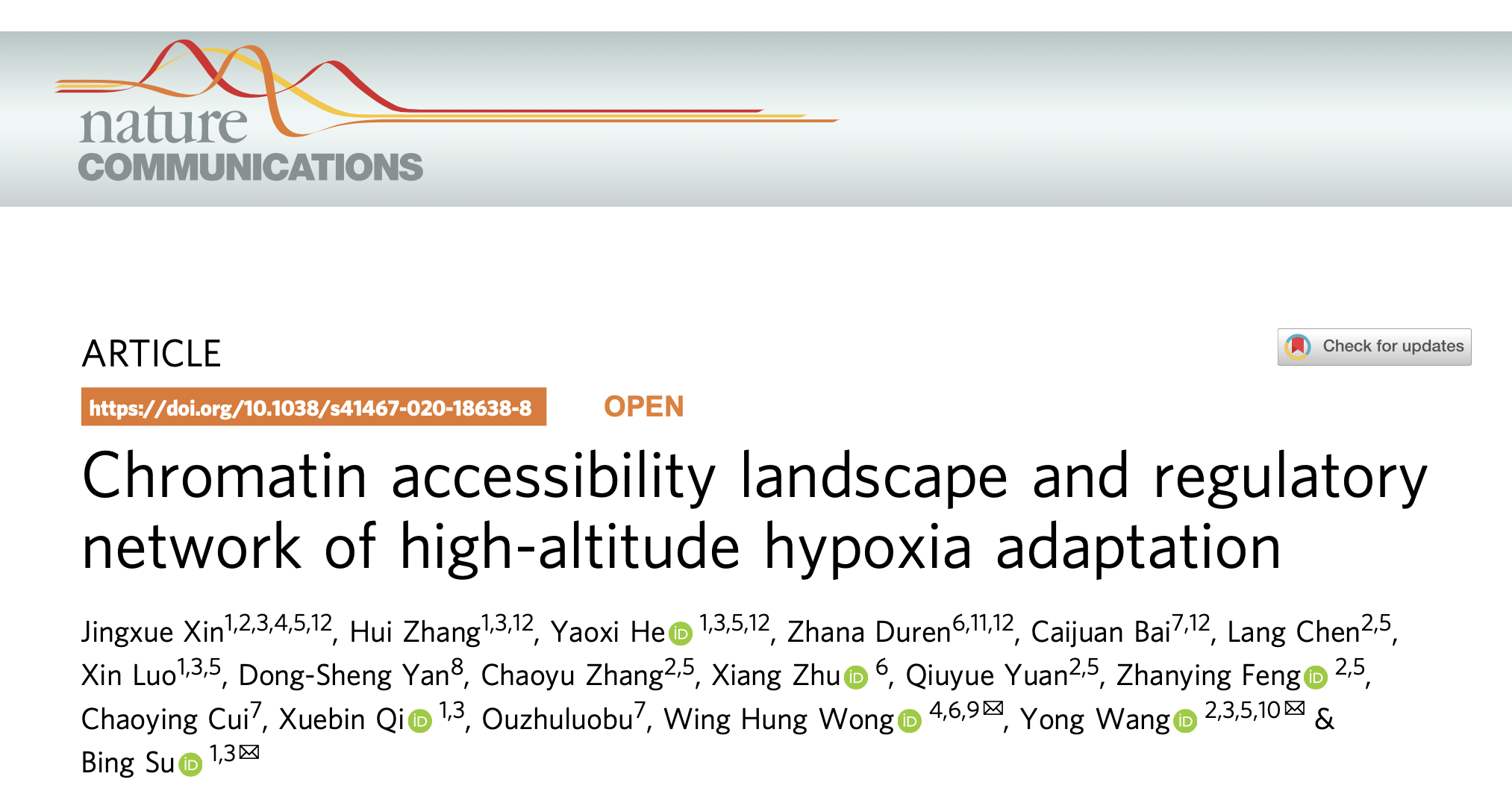Chromatin accessibility landscape and regulatory network of high-altitude hypoxia adaptation

Host: Bao Yu
Date: 27 Apr 2022
Abstract:
High-altitude adaptation of Tibetans represents a remarkable case of natural selection during recent human evolution. Previous genome-wide scans found many non-coding variants under selection, suggesting a pressing need to understand the functional role of non-coding reg- ulatory elements (REs). Here, we generate time courses of paired ATAC-seq and RNA-seq data on cultured HUVECs under hypoxic and normoxic conditions. We further develop a variant interpretation methodology (vPECA) to identify active selected REs (ASREs) and associated regulatory network. We discover three causal SNPs of EPAS1, the key adaptive gene for Tibetans. These SNPs decrease the accessibility of ASREs with weakened binding strength of relevant TFs, and cooperatively down-regulate EPAS1 expression. We further construct the downstream network of EPAS1, elucidating its roles in hypoxic response and angiogenesis. Collectively, we provide a systematic approach to interpret phenotype- associated noncoding variants in proper cell types and relevant dynamic conditions, to model their impact on gene regulation.